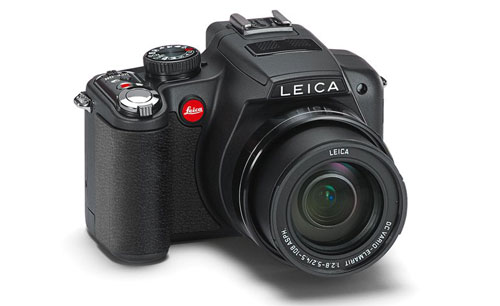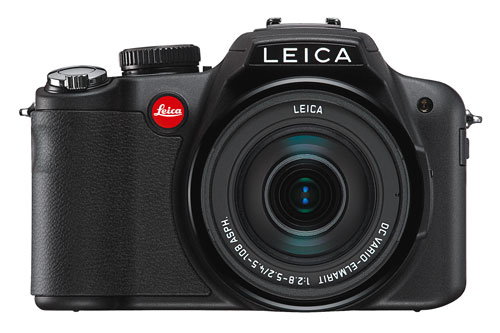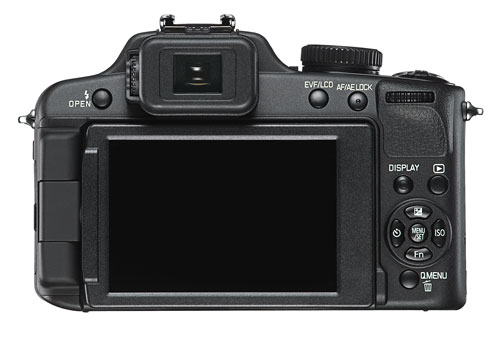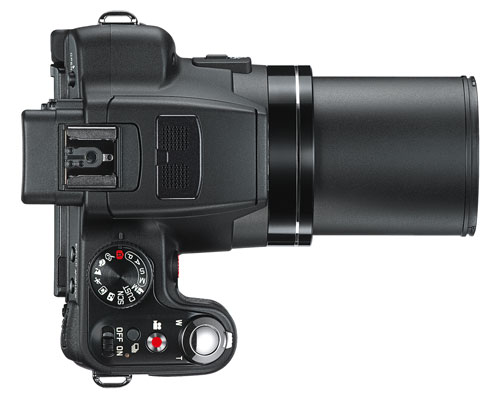
Despite being highly regarded by most photographers, many consumers have never even heard of German camera and optics manufacturer Leica. That’s because Leica cameras don’t come cheap and the company doesn’t exactly chase consumers. Its latest “super-zoom”, the V-Lux 2, demonstrates both the best and worst aspects of Leica’s approach to making and selling cameras.
For those who love Leica, the company’s red dot logo denotes the purchase of a discerning shopper. For those who recognise it without the accompanying love, it’s often seen as a sign of having too much disposable income to throw about.
The first thing you’ll notice about the V-Lux 2 is its 24x zoom. In 35mm terms, that’s a range equivalent to 25-600mm, which is enormous. This makes it ideally suited to travellers, hikers, nature photographers and anyone who wants great flexibility in a single device.
There are a number of things that Leica do well, but making affordable gear isn’t one of them. Even an entry-level compact will set you back as much as an entry-level digital single-lens reflex (DSLR)camera from one of the big manufacturers. In a sense, Leica is the pre-iPod Apple of the camera world – great products, hefty price tags, niche target market.
Also, like Apple, Leica products always feel well made and thoughtfully designed — and the V-Lux 2 is no exception. From its articulated three-inch LCD display to its stereo microphone on the flash housing, the camera feels well made and resilient, despite its predominantly plastic housing.
The V-Lux 2 also shoots 1080i video — with stereo sound — and offers a dedicated record button behind the shutter release and zoom ring, and includes a wide range of manual and automatic settings for both video and stills. The video also makes the articulated LCD all the more useful.

Although the high ISO capabilities are not as impressive from Leica’s 14-megapixel CMOS sensor as hoped, with a little noise reduction the Leica is usable up to about 800 ISO. That’s not that impressive compared to contemporary DSLRs, but it is decent for a camera of this class.
The V-Lux 2 provides a great set of features, an intuitive menu structure, great ergonomics — particularly the deep handgrip — and sensible button placement. It’s both easy to use for the casual photographer who just wants an automatic mode and a device that is sufficiently equipped to offer hobbyists full control and enormous flexibility should they want it.

One of the biggest problems with the Leica, however, and something the company must have considered, is that its long-standing relationship with Panasonic means that for most Leica cameras outside of its DSLR range, there’s a Panasonic equivalent for half the price.
The V-Lux 2 suffers from just this problem. Apart from minor differences, Panasonic’s FZ100 boasts almost identical specifications and costs marginally more than half the Leica’s price tag. This means you really have to be brand loyal (read: Leica-obsessed) to fork out the additional cash.
But that’s exactly what some Leica users are willing to do. There’s a long-standing joke among photographers that Leica users don’t concern themselves with trivialities like price. They’re interested in photographs, not cameras, and want a camera that really just gets out of the way.

The Leica V-Lux 2 is a beautiful piece of gear with a great feature set, an incredible lens and plenty of signs of the German engineering that went into it. If you’re looking for an all-in-one camera for travel, casual birding or daytime sports, and price is no object, it’ll serve you well.
If you’re looking for all of the above without having to remortgage your home, the Panasonic is a far more appealing proposition. But then, it’s not quite a Leica, is it?
The V-Lux 2 has a recommended price of R8 999. — Craig Wilson, TechCentral
- Subscribe to our free daily newsletter
- Follow us on Twitter or on Facebook




